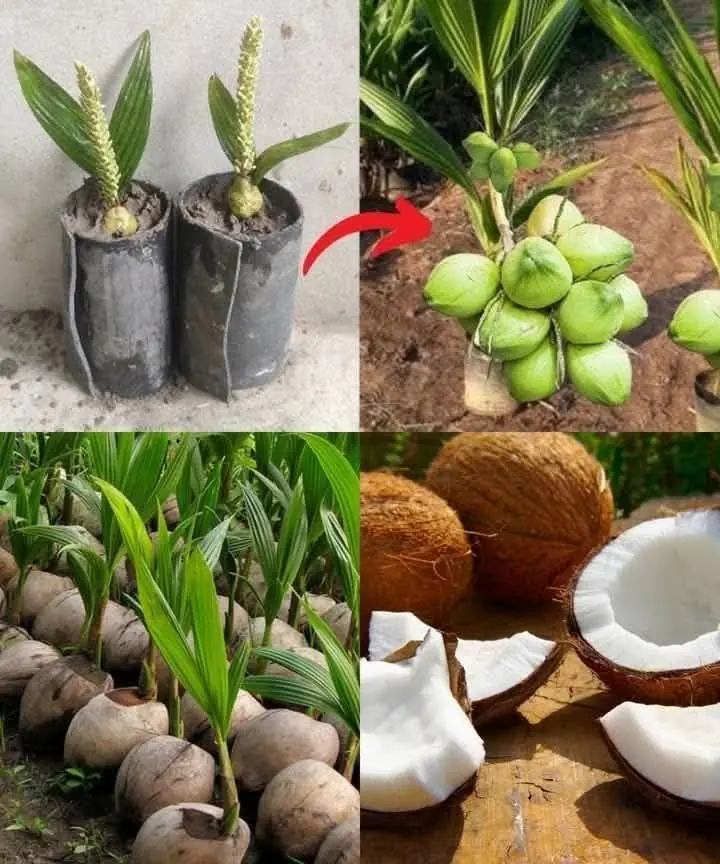
Easy Growing Clove: From Seed to Spice

Clove is a fragrant spice cherished worldwide for its aromatic flavor and numerous culinary and medicinal uses. If you love gardening or want to explore growing your own spices at home, clove is an excellent choice. Despite being a tropical plant, clove can be relatively easy to grow if you provide the right conditions and care. This article will guide you through the journey of growing clove from seed to harvesting your own spice.
What is Clove?
Clove (Syzygium aromaticum) is a flowering tree native to the Maluku Islands in Indonesia. The dried flower buds are harvested as the spice known as clove, famous for its warm, sweet, and slightly bitter taste. Cloves are widely used in cooking, baking, and traditional medicine.
Starting From Seeds
Growing clove from seeds can be rewarding but requires patience. Fresh seeds are essential for good germination since clove seeds lose viability quickly.
-
Seed Selection: Obtain fresh, mature clove seeds from a reliable source. Soak the seeds in warm water for 24 hours to soften the seed coat and encourage germination.
-
Sowing: Plant the seeds in well-draining seed-starting mix about 1-2 cm deep. Keep the soil moist but not waterlogged.
-
Germination Conditions: Clove seeds require warm temperatures (around 25-30°C or 77-86°F) and high humidity. Use a greenhouse, humidifier, or plastic cover to maintain humidity.
-
Germination Time: Be patient—germination can take from 2 weeks up to 2 months.
Seedling Care
Once seedlings emerge:
-
Provide bright, indirect sunlight.
-
Maintain consistent moisture in the soil.
-
Transplant seedlings to larger pots when they develop 3-4 leaves.
Planting Clove Trees
Clove trees thrive in tropical or subtropical climates with rich, loamy, and well-drained soil. If you live in a cooler region, growing clove indoors or in a greenhouse is ideal.
-
Space plants at least 6-8 meters apart to allow room for growth.
-
Plant in a location with partial shade to full sun.
-
Regular watering is important, but avoid waterlogging.
-
Mulch to retain soil moisture and suppress weeds.
Growth and Maintenance
Clove trees can grow up to 10-12 meters tall, but they grow slowly and may take 6-10 years to begin flowering and producing buds.
-
Fertilize the tree with organic compost or balanced fertilizer during the growing season.
-
Prune to shape the tree and remove dead branches.
-
Watch for pests like aphids or fungal diseases and treat accordingly.
Harvesting Clove
The prized clove spice is harvested when the flower buds turn from green to slightly pink but before they open.
-
Pick the unopened flower buds carefully by hand.
-
Dry the buds in the shade with good airflow until they turn dark brown.
-
Store dried cloves in airtight containers away from light and moisture.
Uses of Homegrown Clove
Freshly harvested cloves can be used in cooking for rich flavoring in meats, desserts, and beverages like mulled wine or chai. Clove oil, extracted from buds, has antiseptic and analgesic properties.
Conclusion
Growing clove from seed to spice is a fulfilling experience that connects you with nature’s bounty. While it requires patience and some specific care, homegrown cloves offer unmatched freshness and quality. Whether you have a tropical garden or a greenhouse, give clove cultivation a try and enjoy this treasured spice right from your own garden.
News in the same category

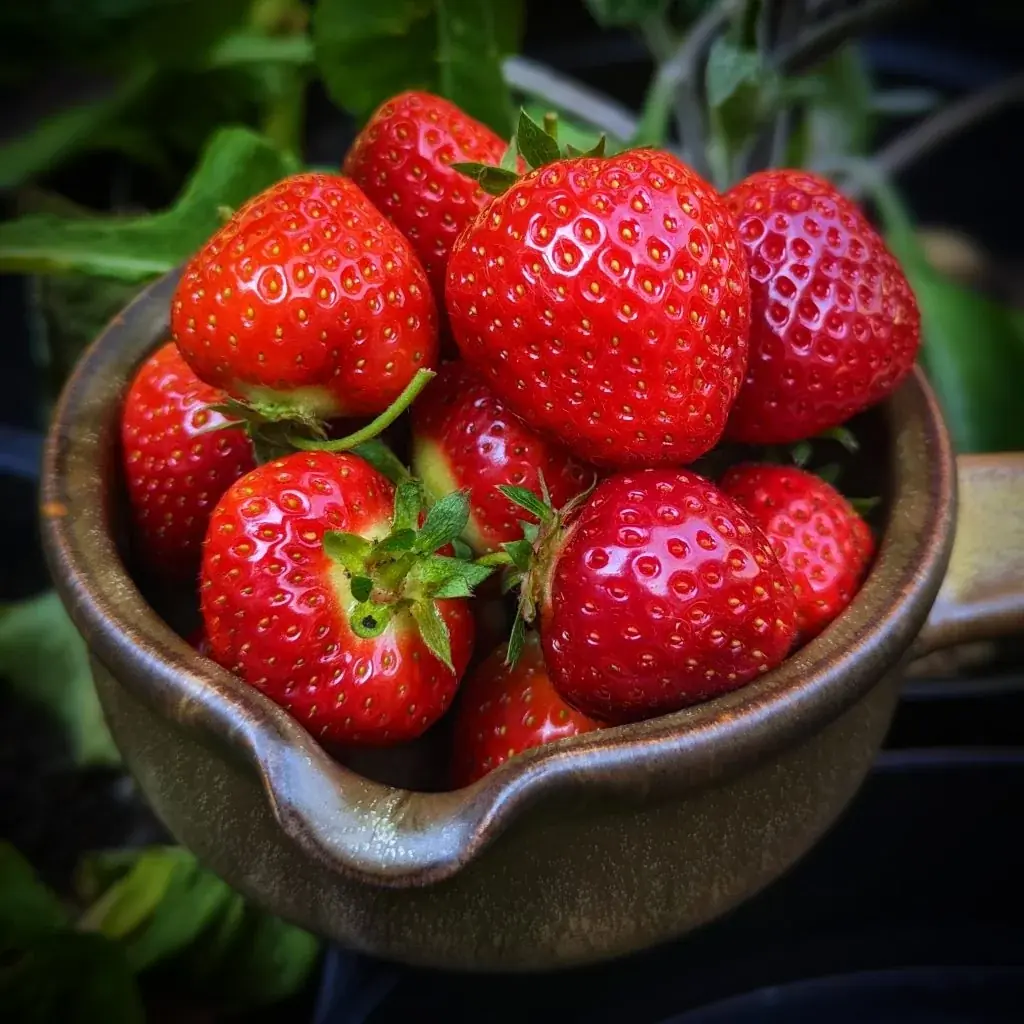
How To Grow Strawberries From Seed
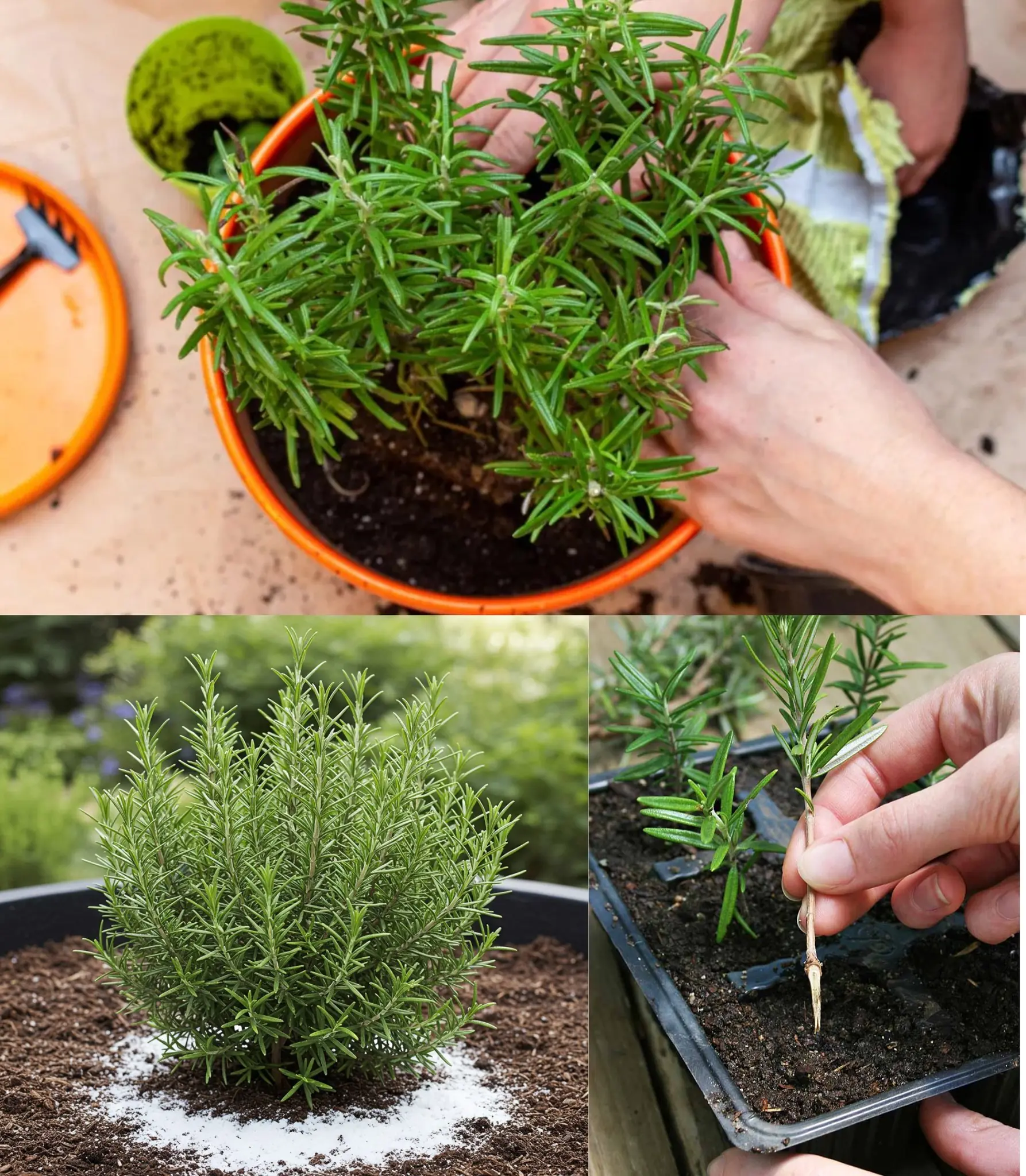
Rosemary Never Dries Again – Here’s the Gardener’s Trick!
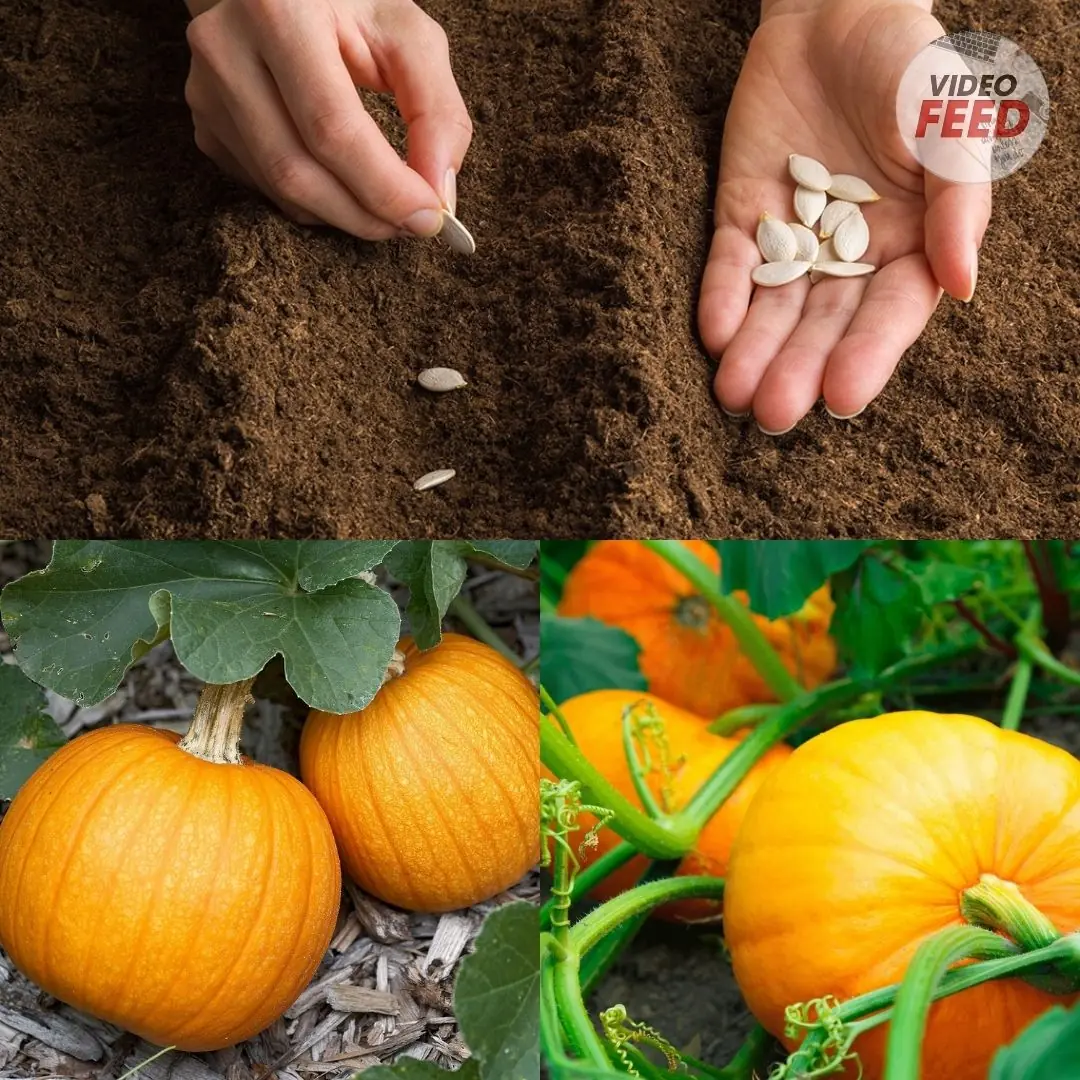
How to Grow Pumpkins in Your Home Garden
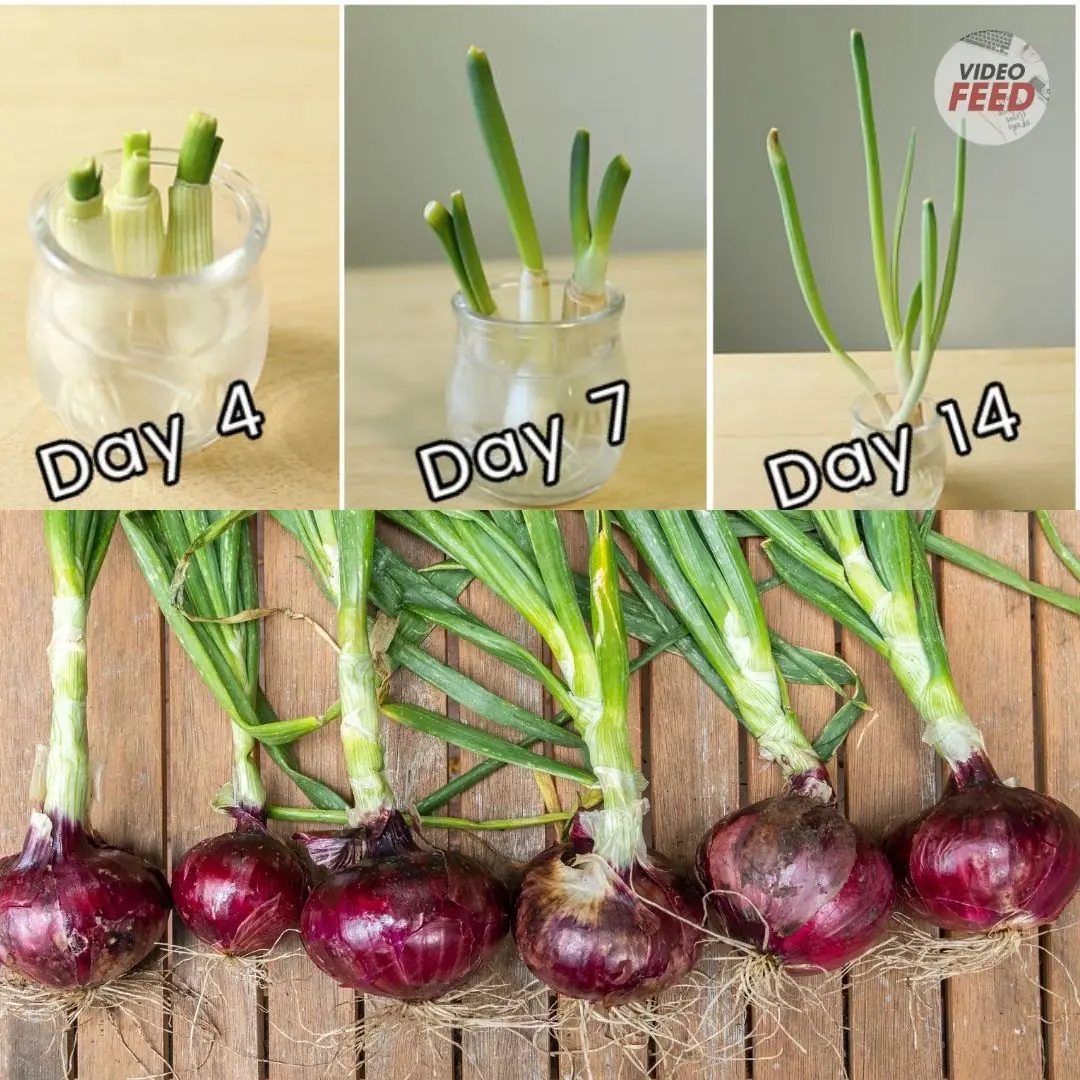
How to Grow and Care for Red Onions in the Garden
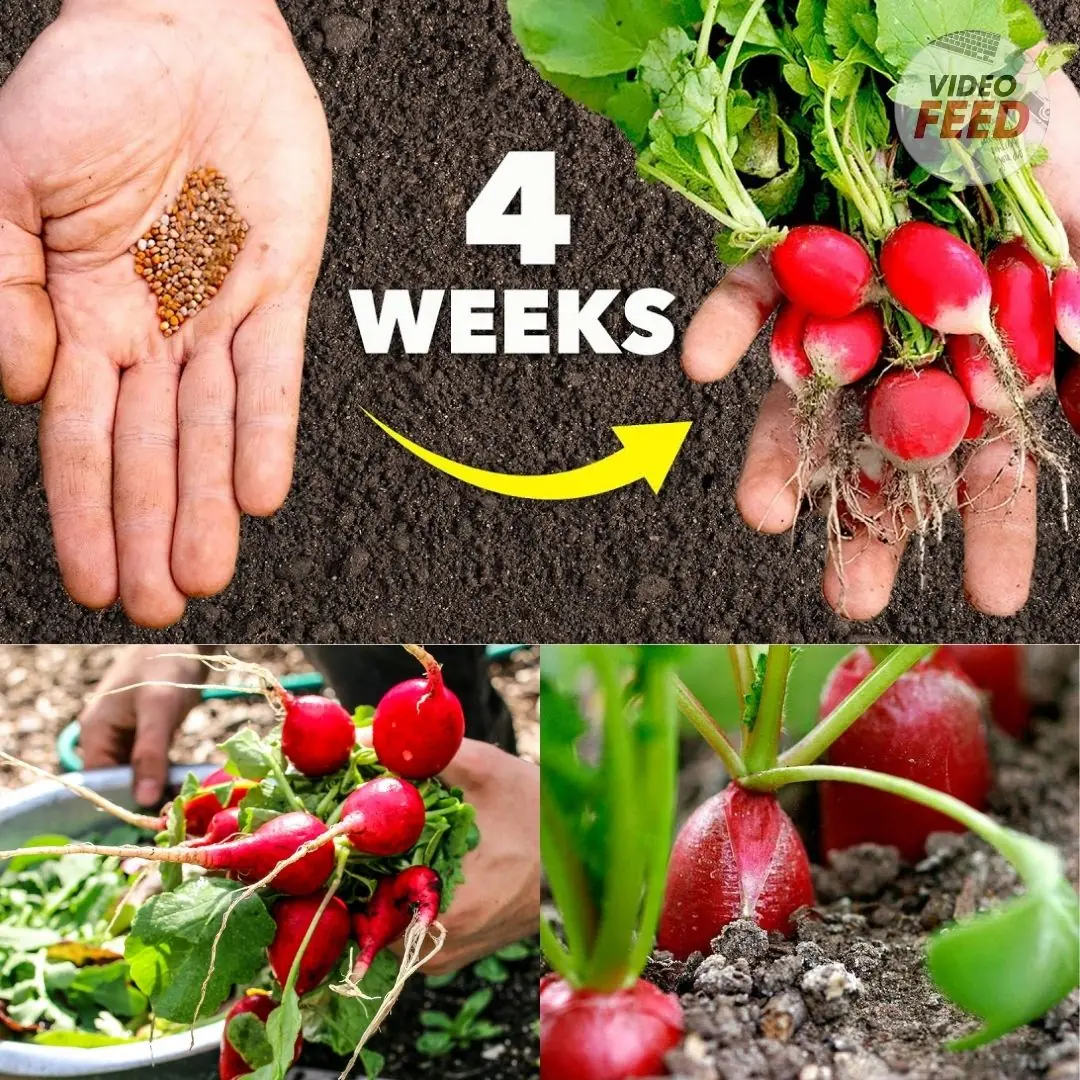
6 Easy Steps to Plant Radish Seeds in an Organic Kitchen Garden
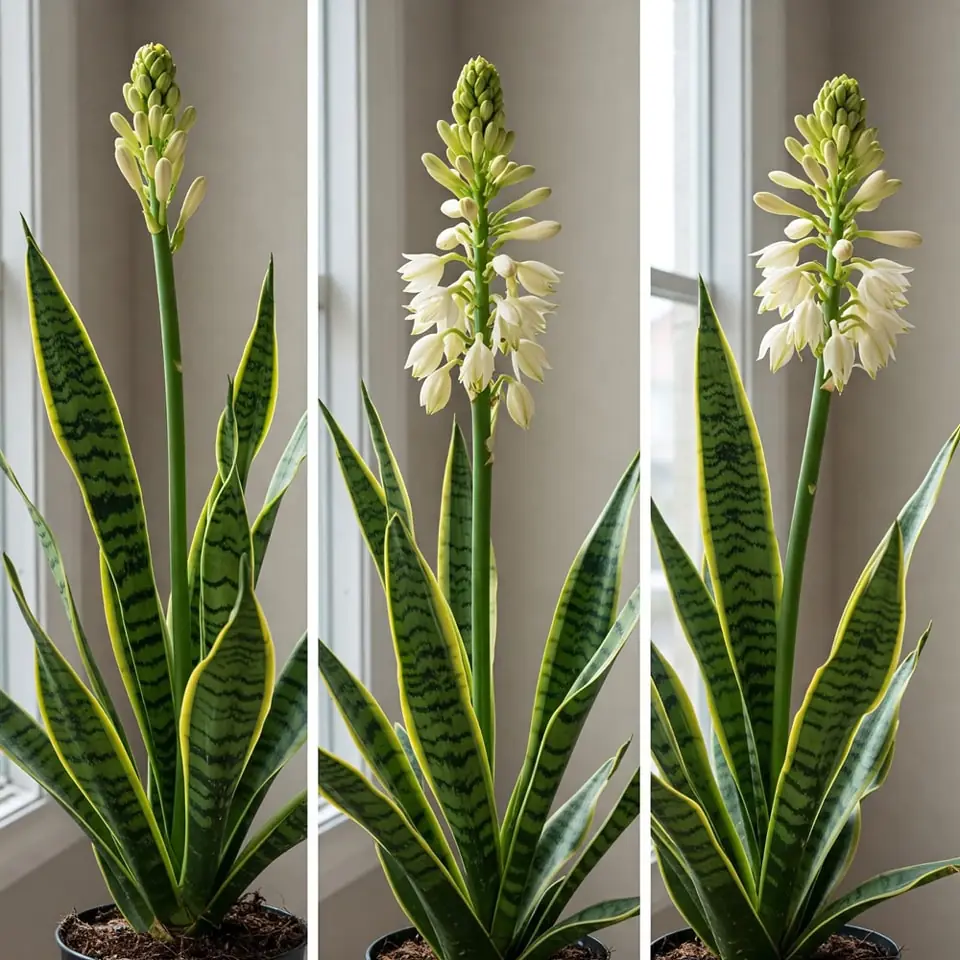
Snake Plants and Their Rare Blooming Phenomenon: A Guide to Encouraging Flowers
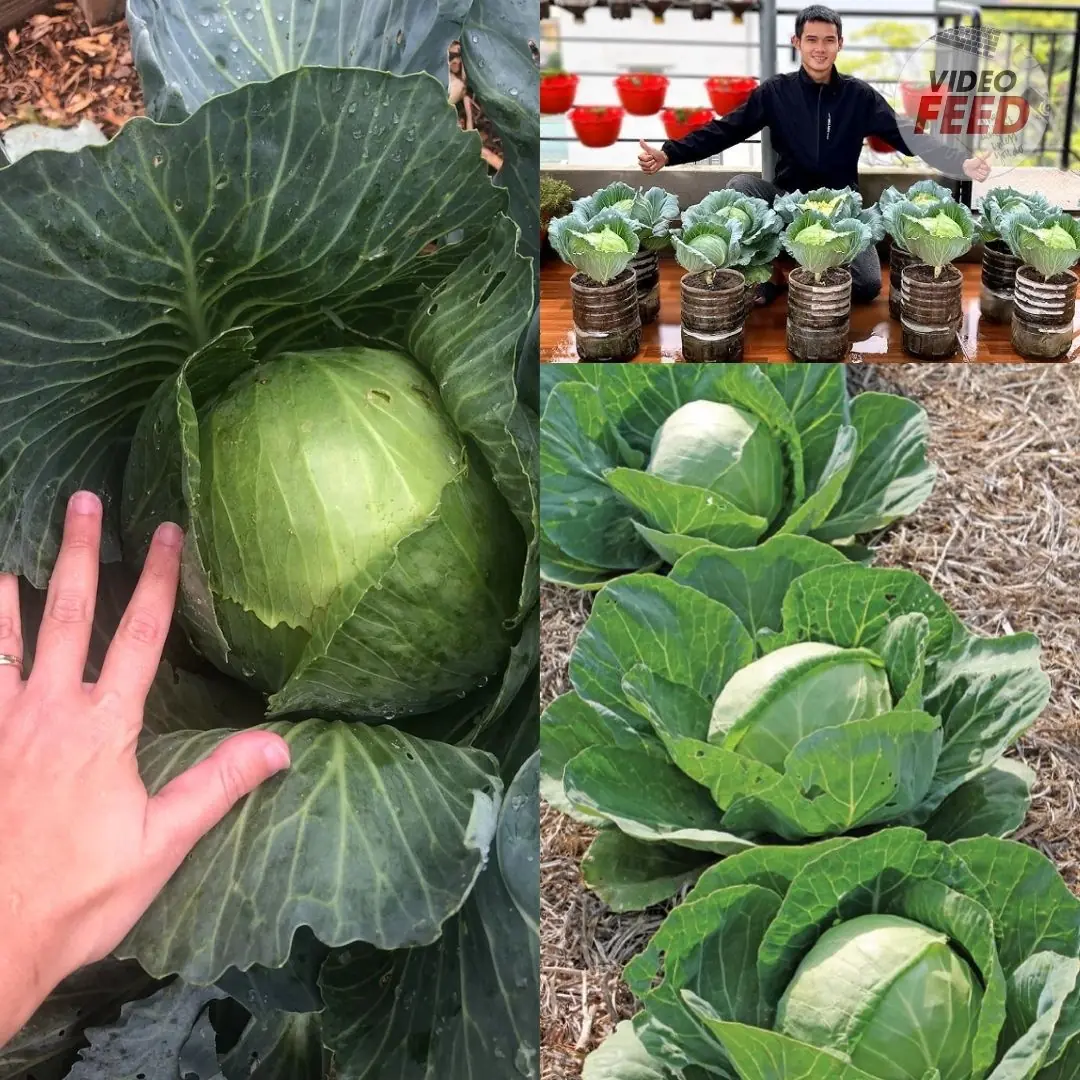
How to Grow Cabbage: 10 Tips for a Successful Harvest
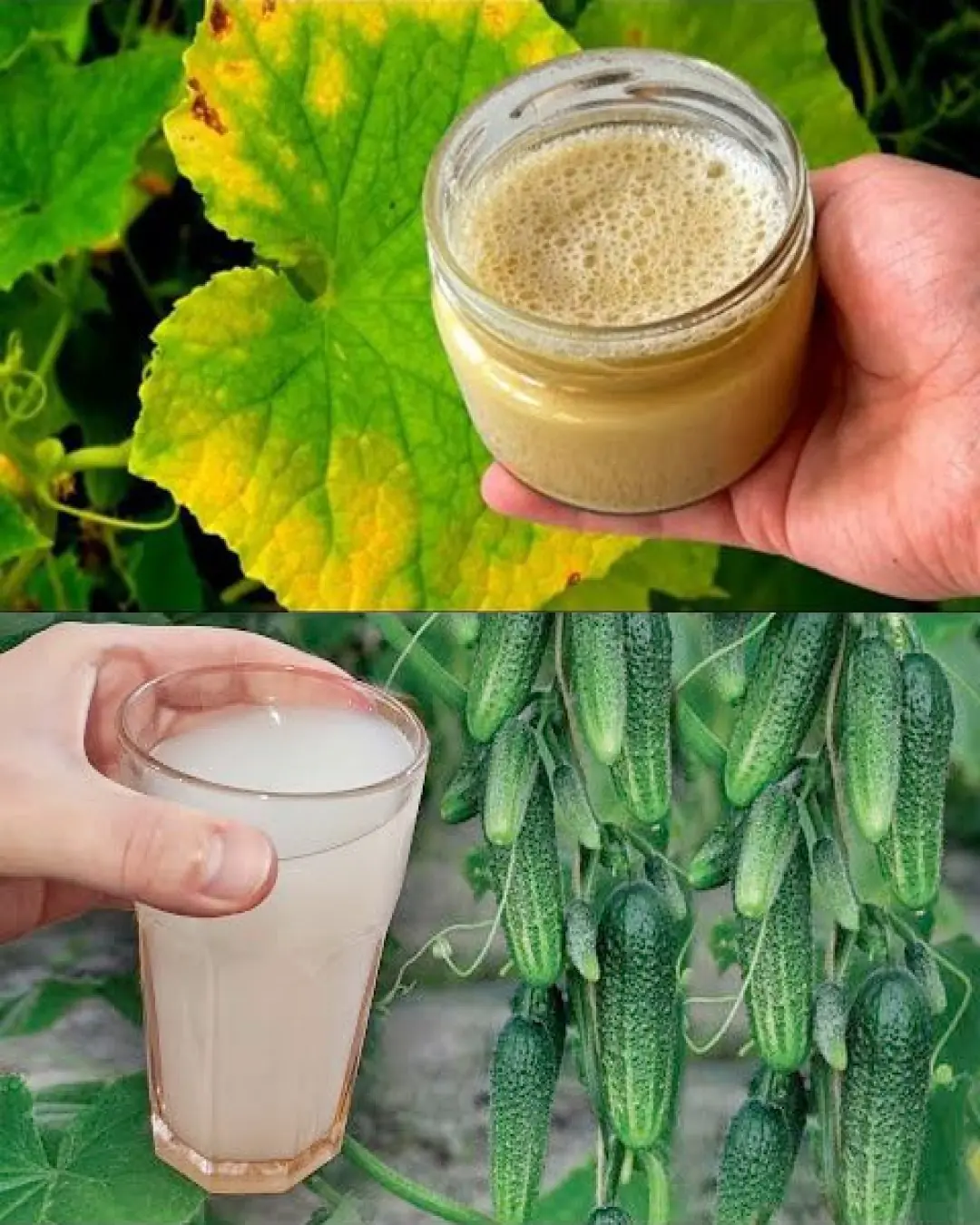
The Power of Yeast: A Natural Booster for Growing Tomatoes, Peppers, and Cucumbers
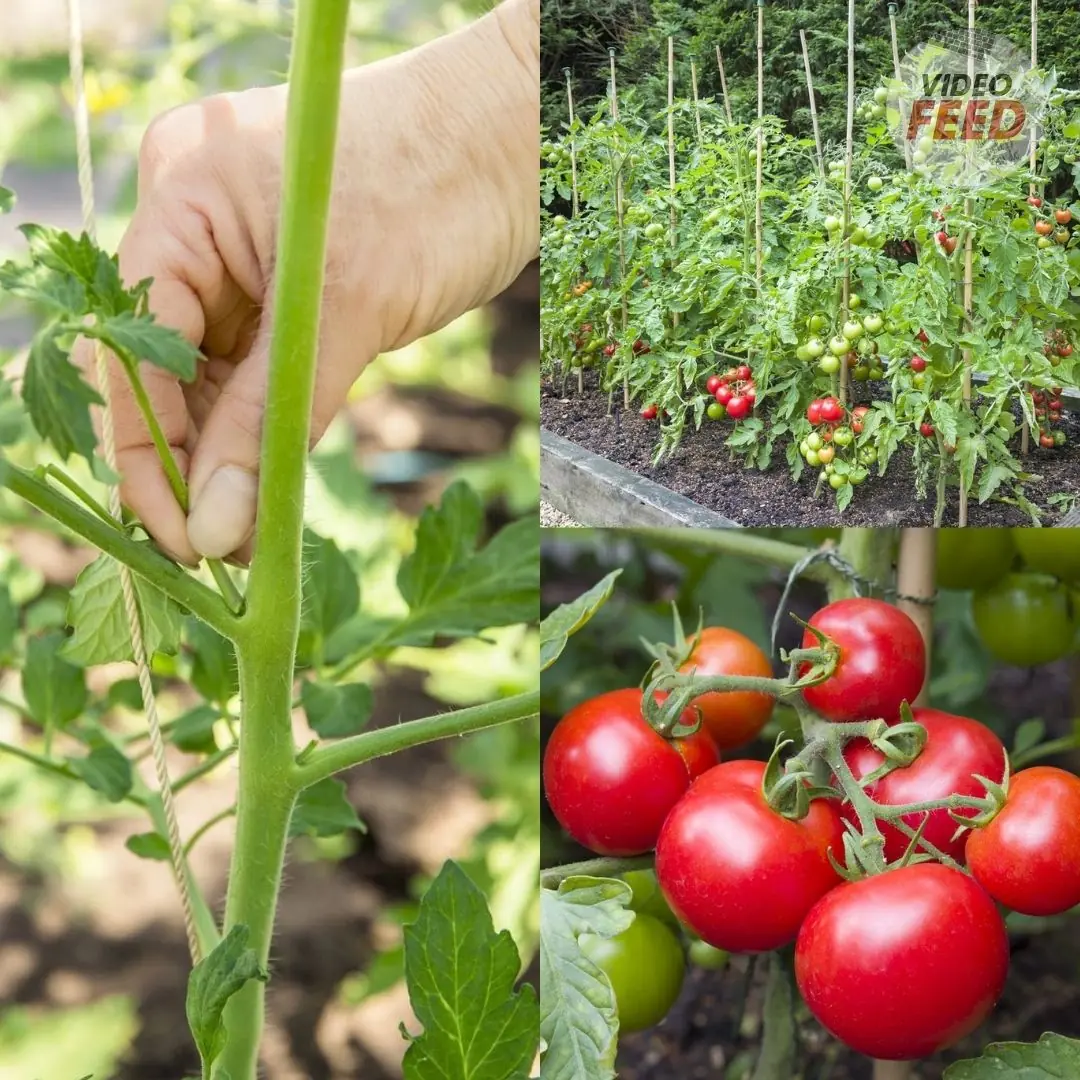
The 8 Biggest Tomato Growing Mistakes, According to Experts
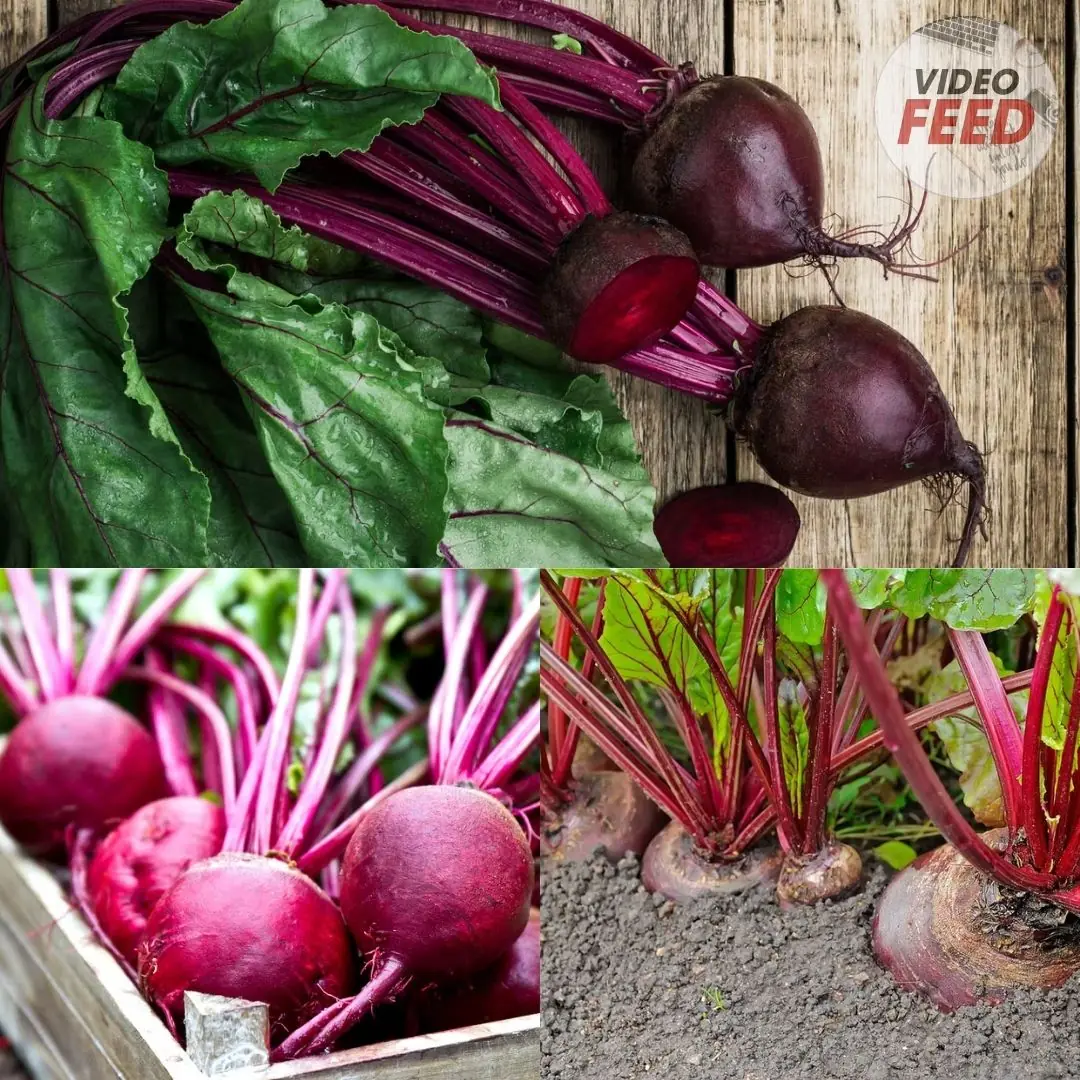
How to Grow Beets This Fall for a Hearty Autumn Harvest
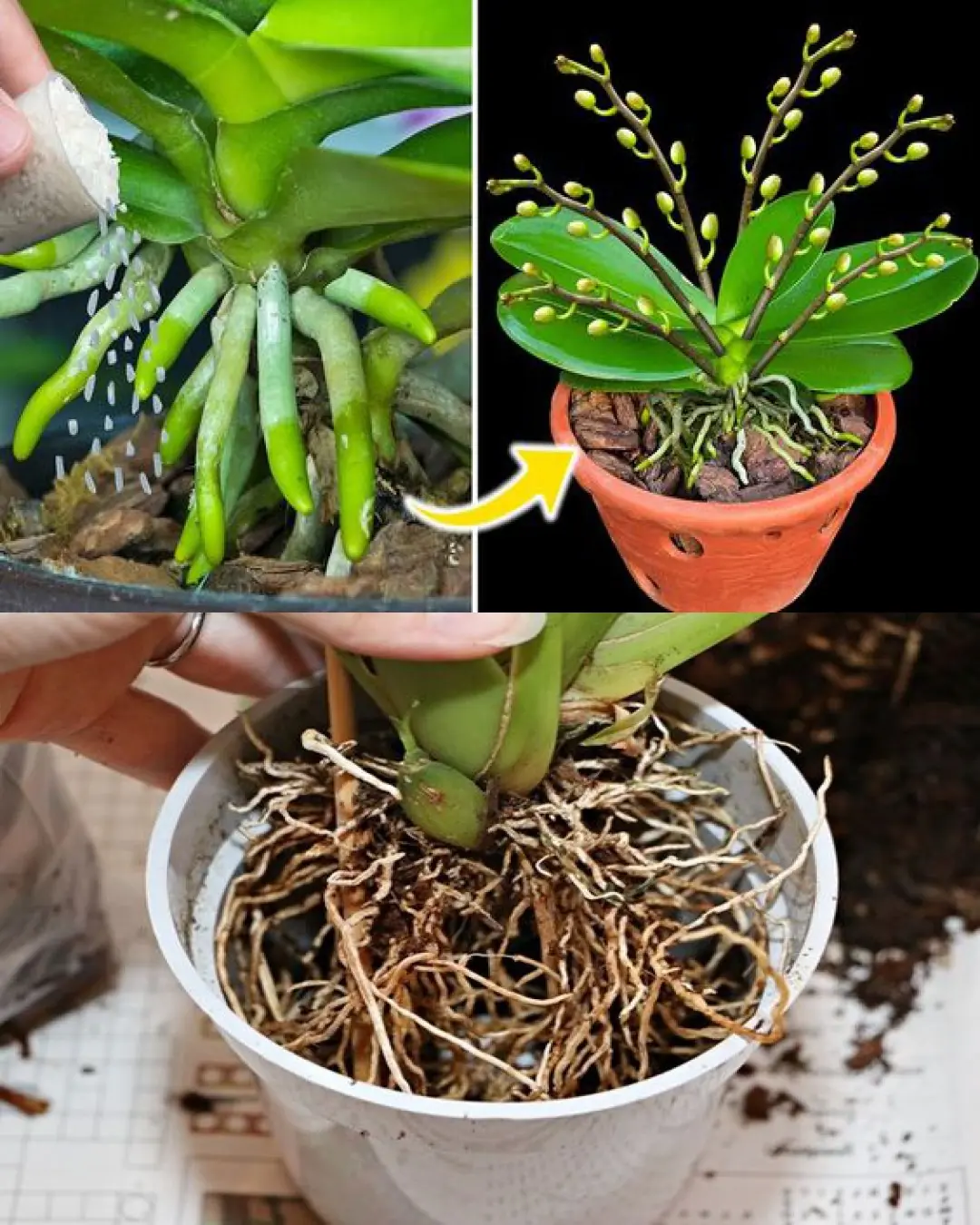
Deciphering Orchid Roots: Reasons They Extend Beyond Pots and Recommended Actions
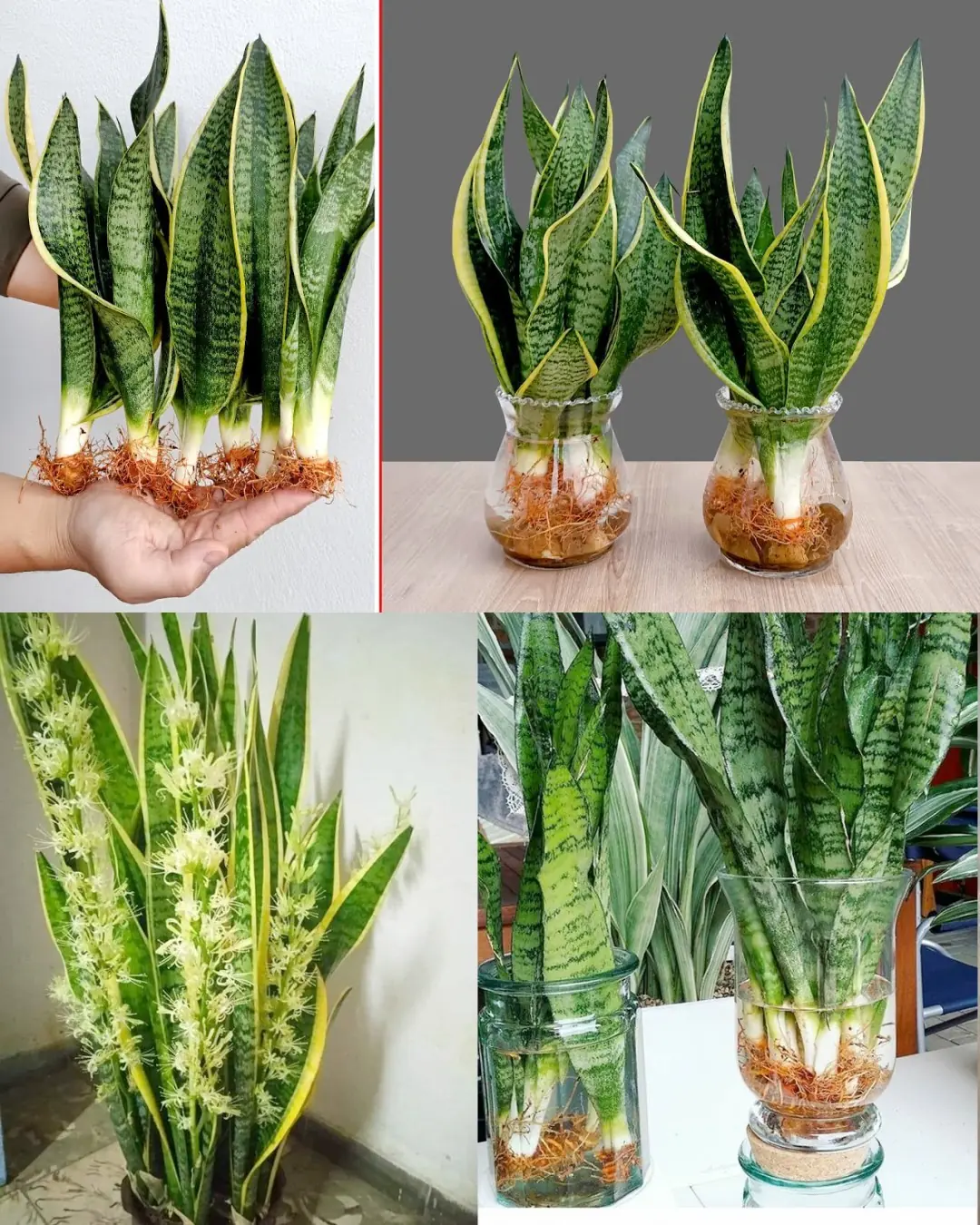
How to Multiply Your Sansevieria Quickly: From One Plant to a Thriving Collection
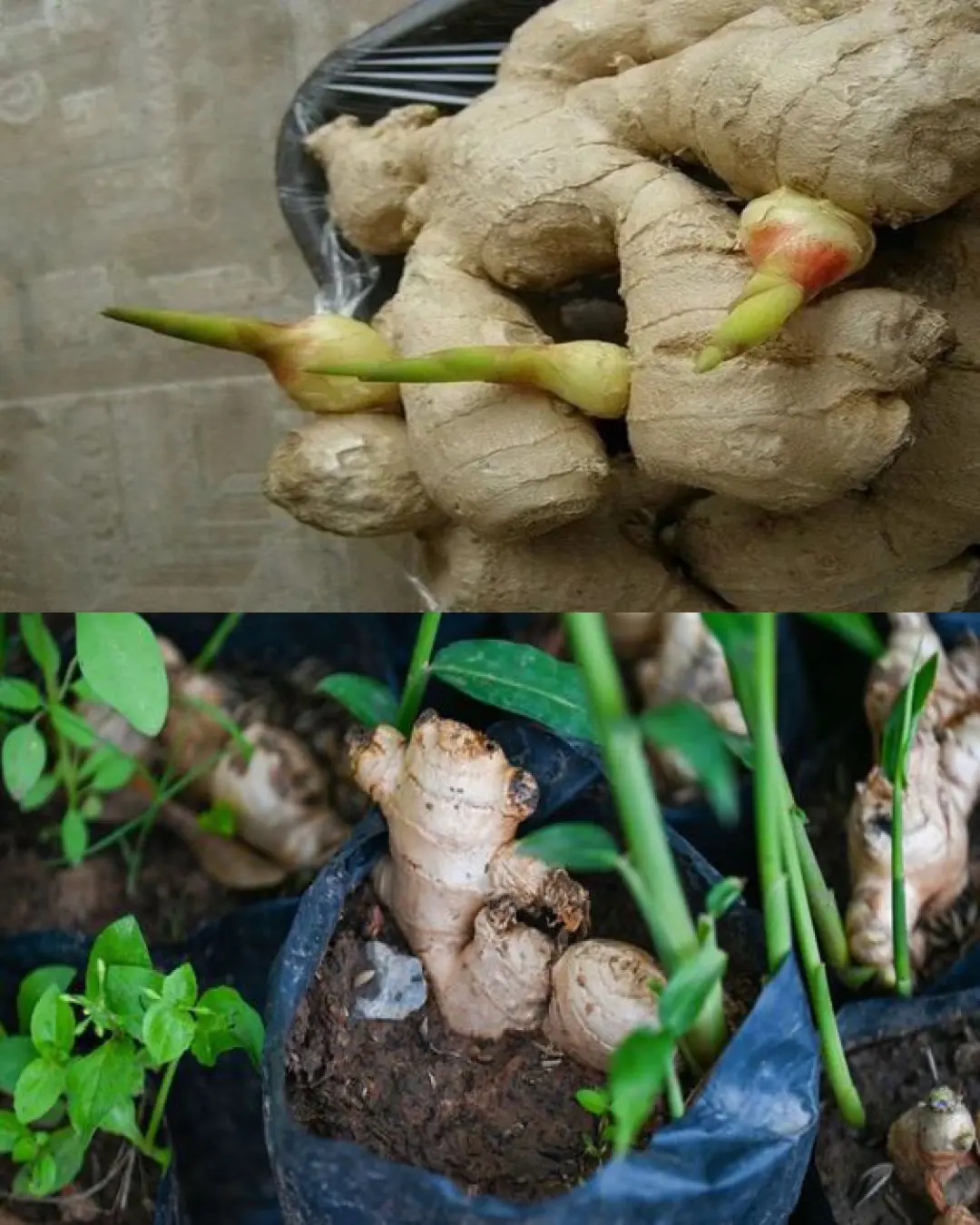
How To Plant Store-Bought Ginger & Grow Your Own Endless Supply
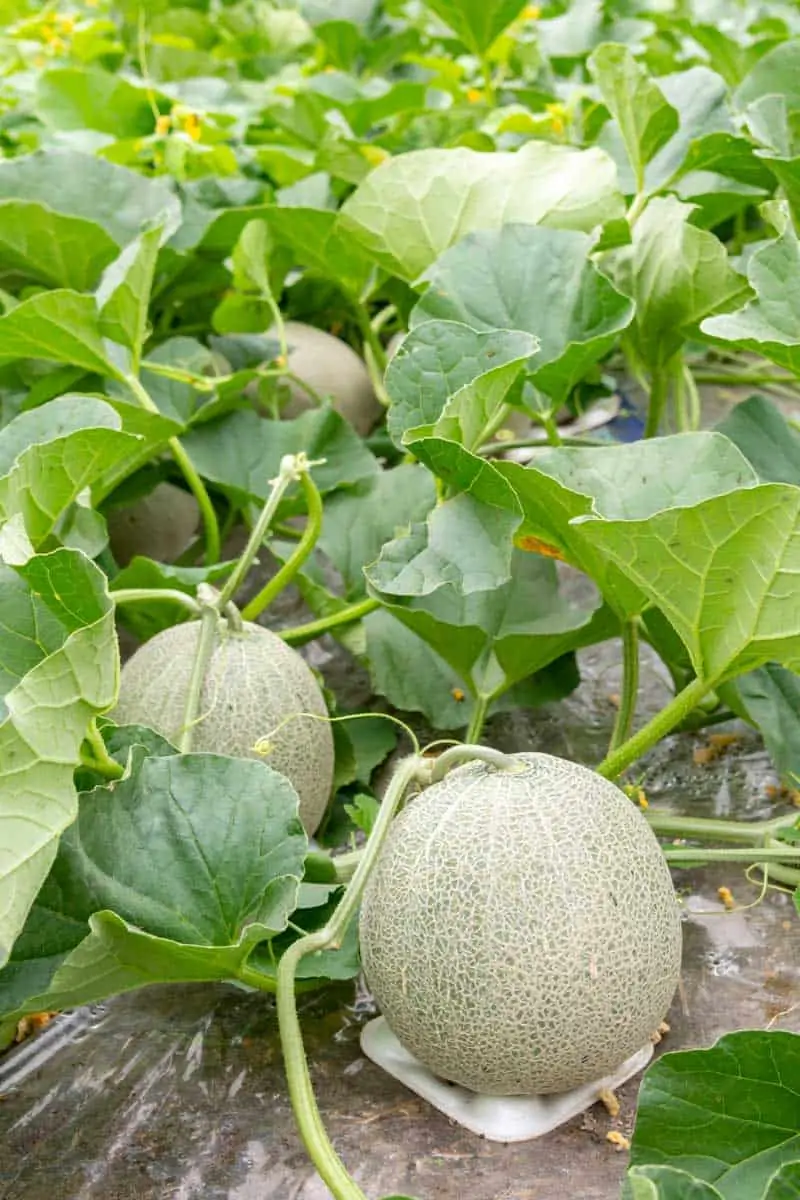
Guide to Cultivating Cantaloupe in Your Garden
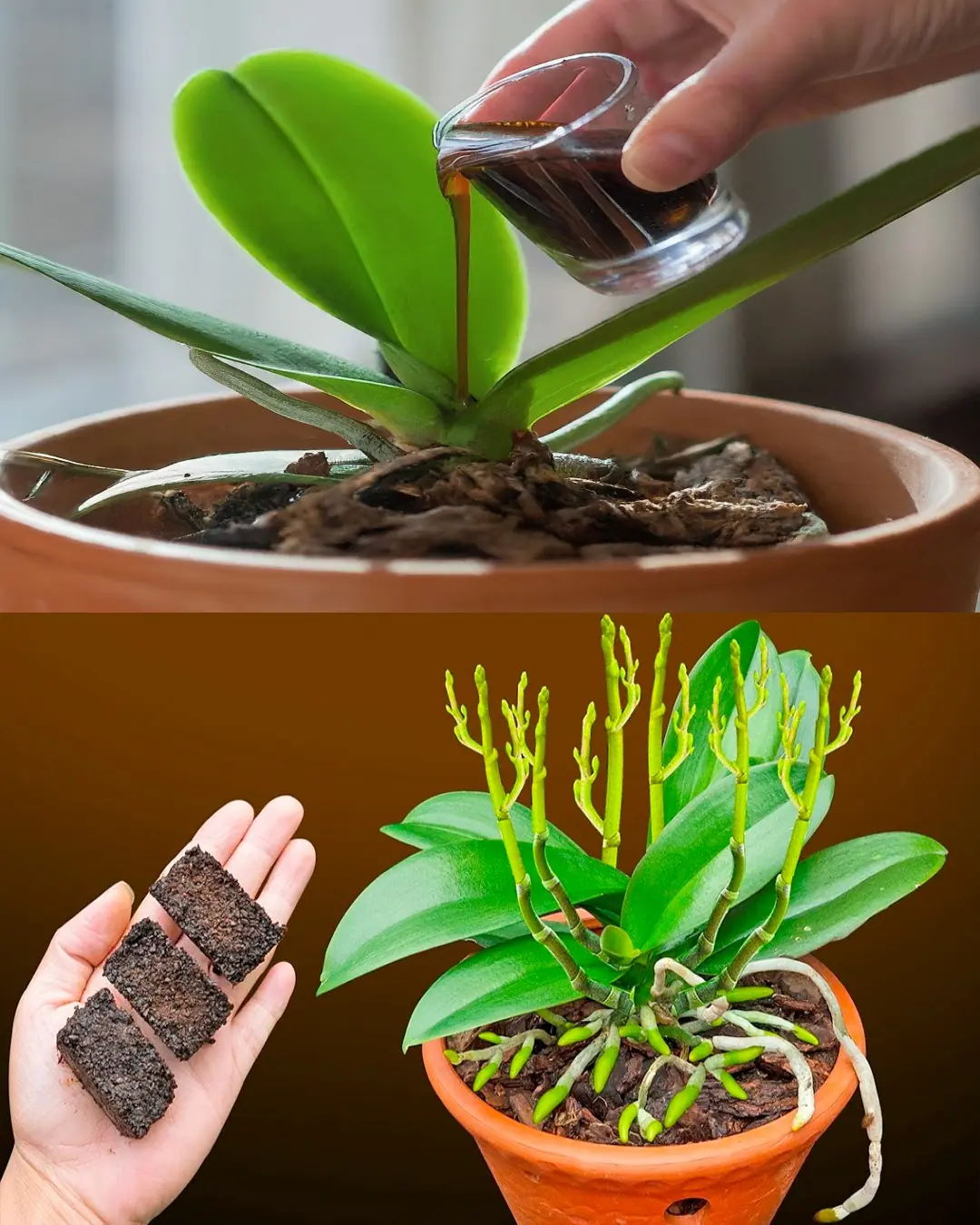
Coffee Magic: A Simple Trick to Help Orchids Bloom Repeatedly
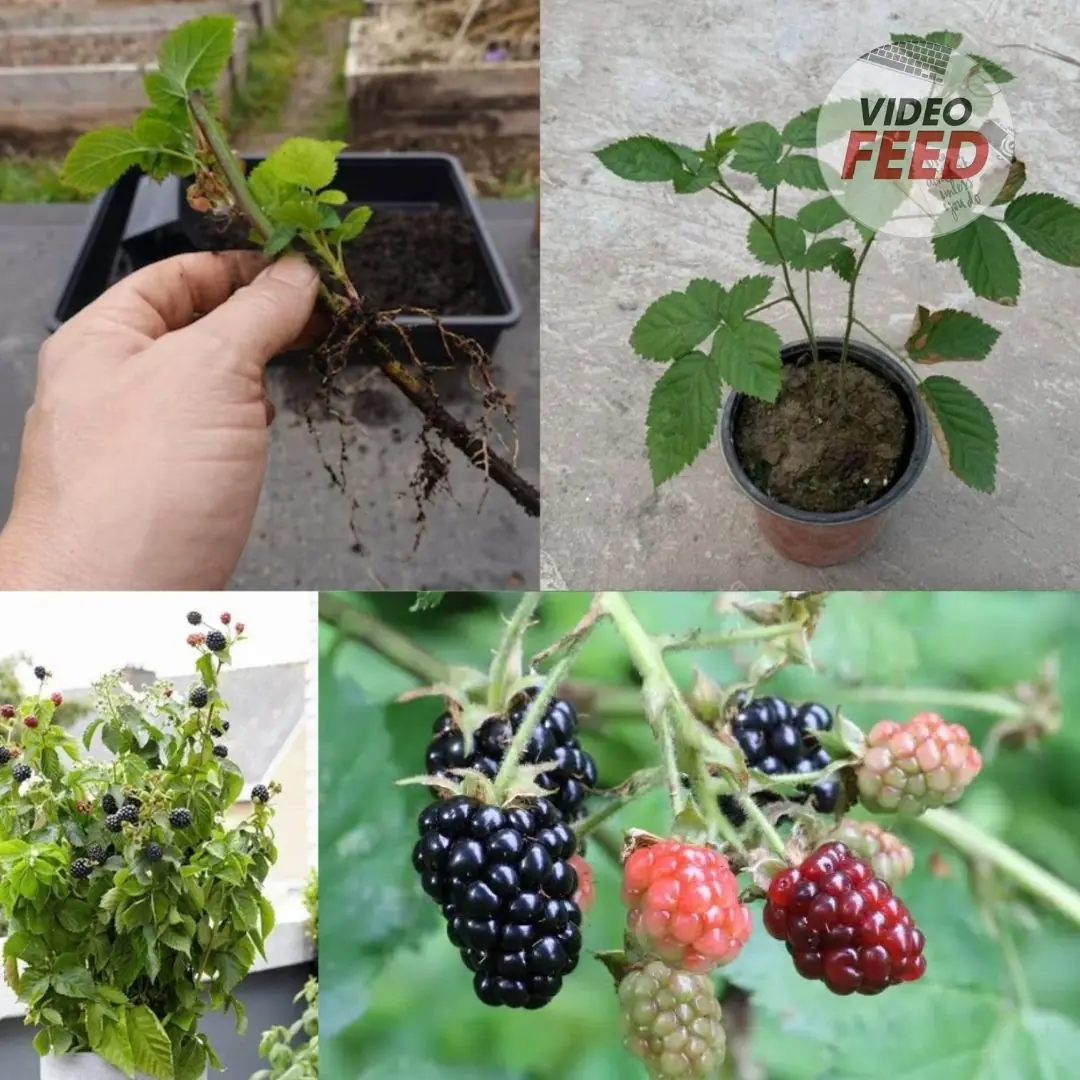
How to Grow Blackberries at Home in Pots
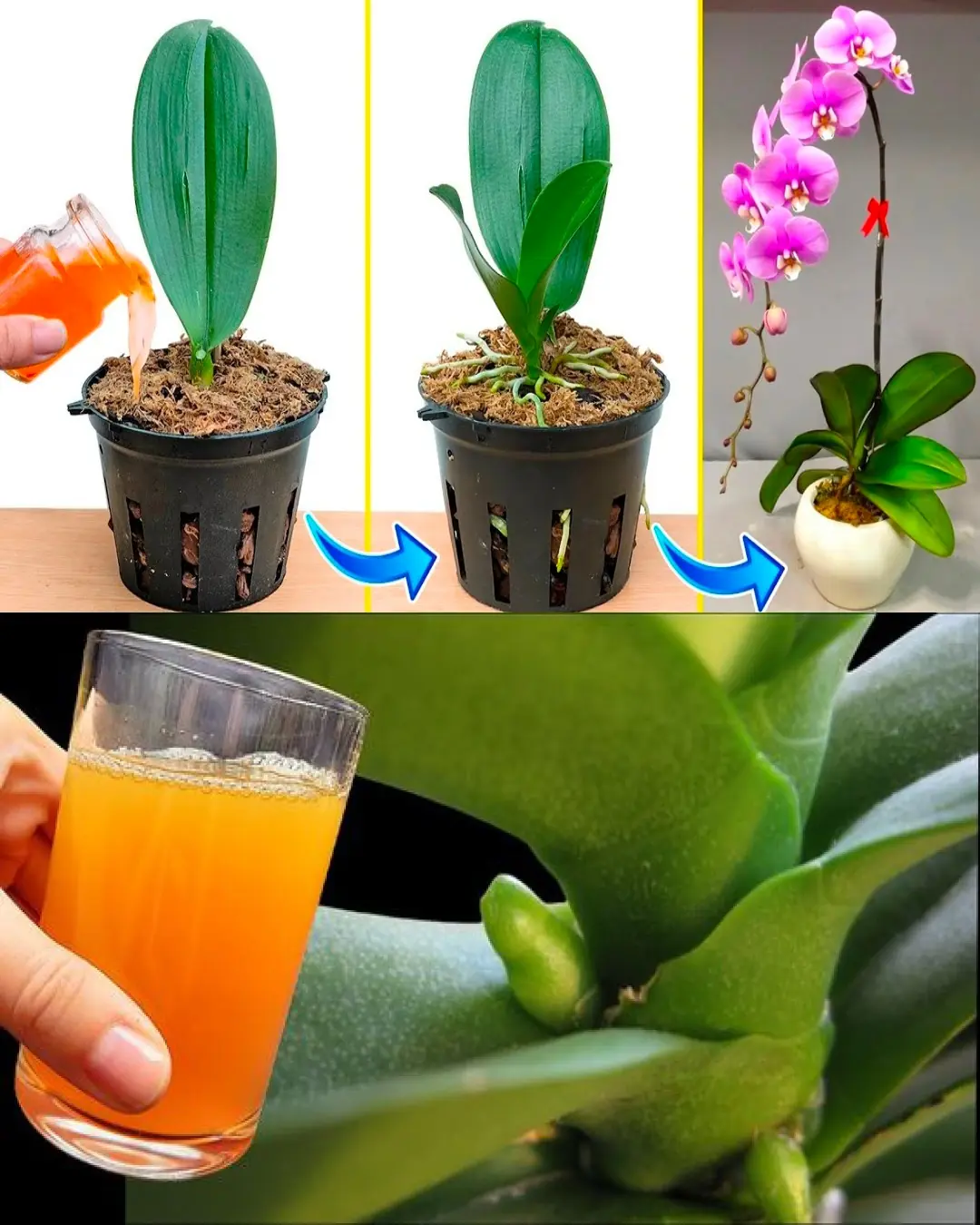
Unlock the Power of Carrot Juice: A Natural Boost for Thriving Plants
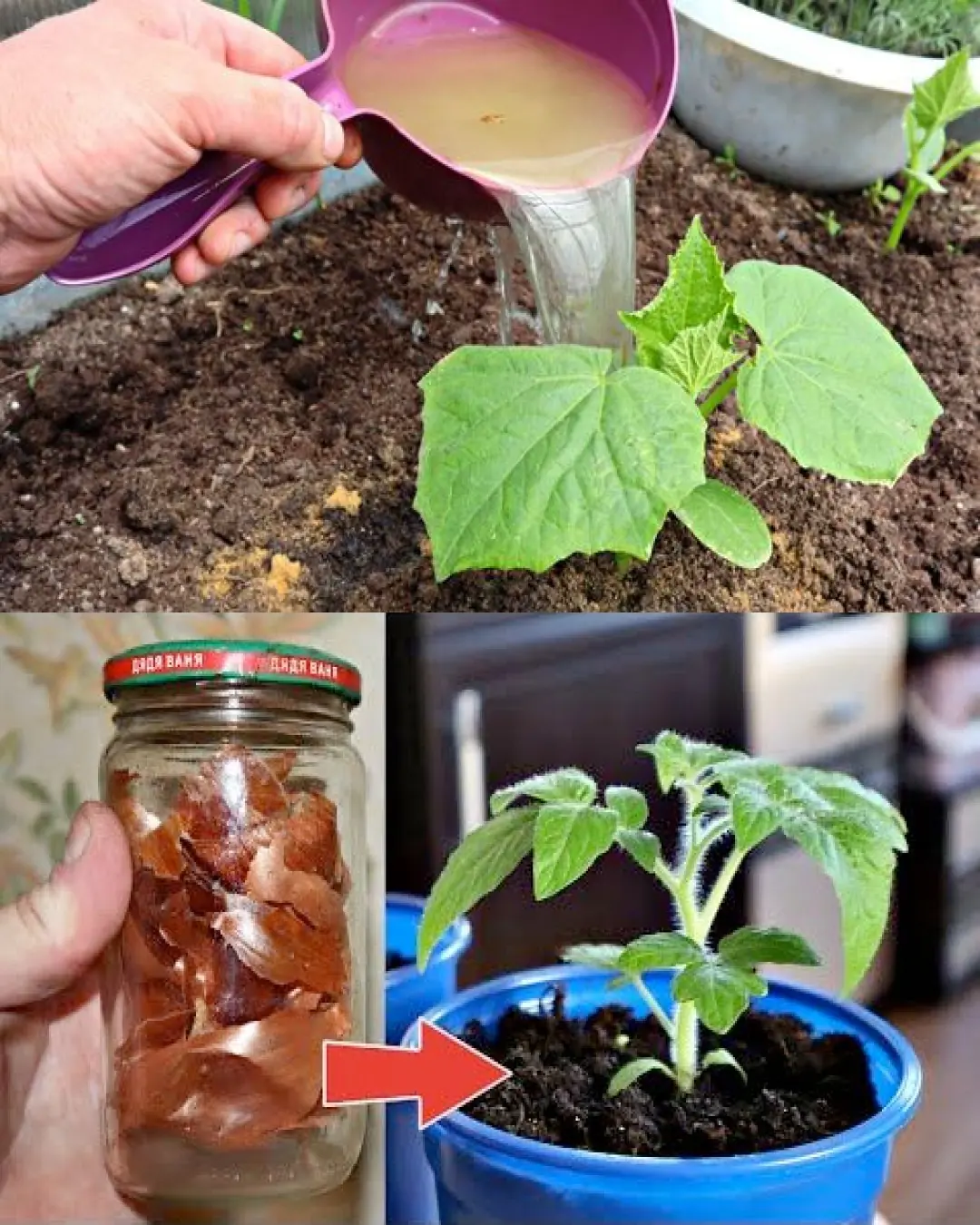
Boost Your Tomato Growth with Onion Peels: Nature’s Secret Fertilizer!
News Post
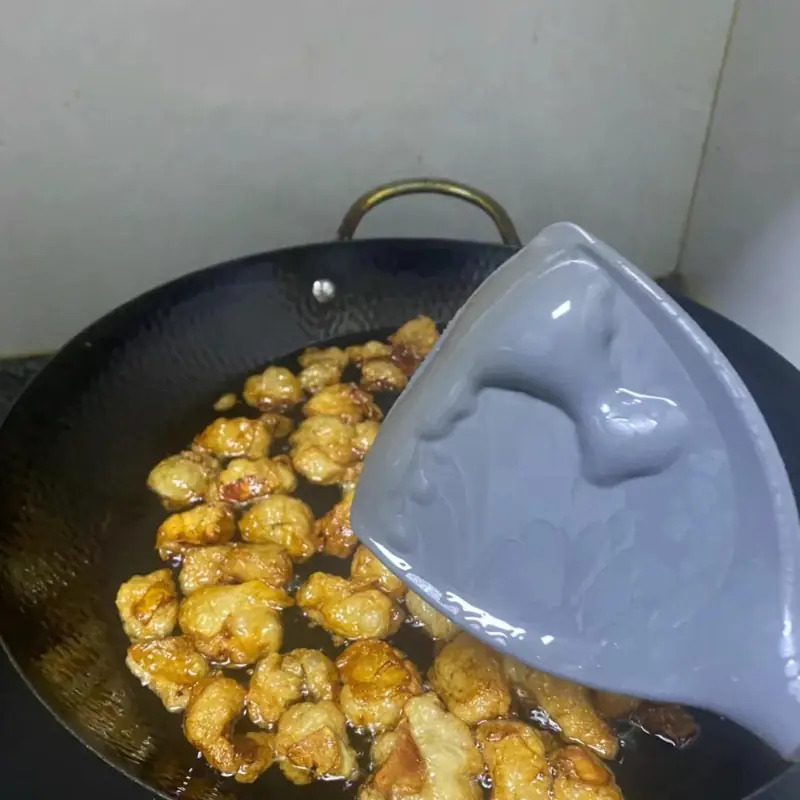
For the Sake of Your Family’s Health, I Strongly Urge You to Get Rid of These 10 Items

Drinking Coffee at These Two Times Is Like “Poiso.ning Your Body”

No Need for Sprays or Mosquito Nets: Just Place This Herb in Your Room and Mosquitoes Will Flee

Hotel Check-In: Say These 3 Sentences to the Front Desk for Instant Perks!

How To Grow Coconut Tree From Coconut Fruit

How To Grow Strawberries From Seed

Rosemary Never Dries Again – Here’s the Gardener’s Trick!

8 symptoms of kidney fai.lure you should never ignore

How to Grow Pumpkins in Your Home Garden

How to Grow and Care for Red Onions in the Garden

6 Easy Steps to Plant Radish Seeds in an Organic Kitchen Garden
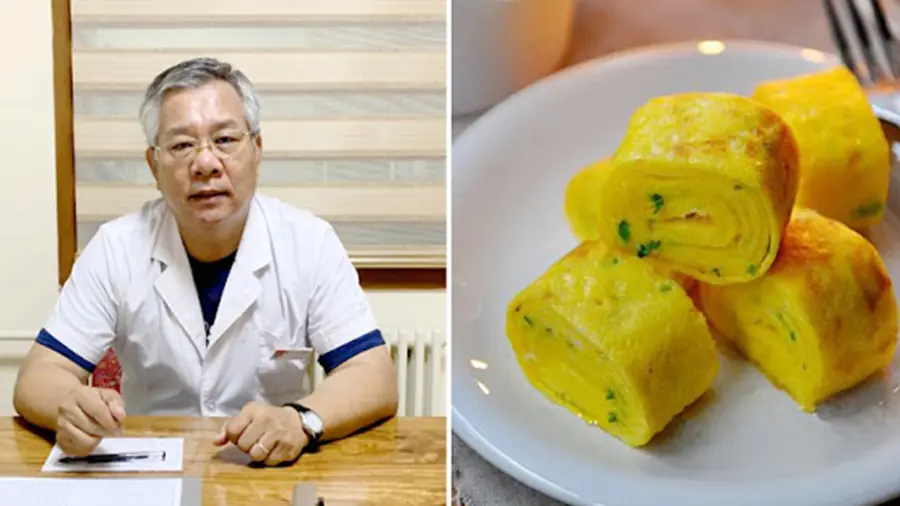
3 things that don’t go well with eggs

Snake Plants and Their Rare Blooming Phenomenon: A Guide to Encouraging Flowers

How to Grow Cabbage: 10 Tips for a Successful Harvest

Tips for cleaning yellow pillow cores with tiny mold spots

4 Signs You Might Have Sleep Apnea

7 Natural Tips to Improve Teeth Whiteness at Home

5 foods you should never keep overnight
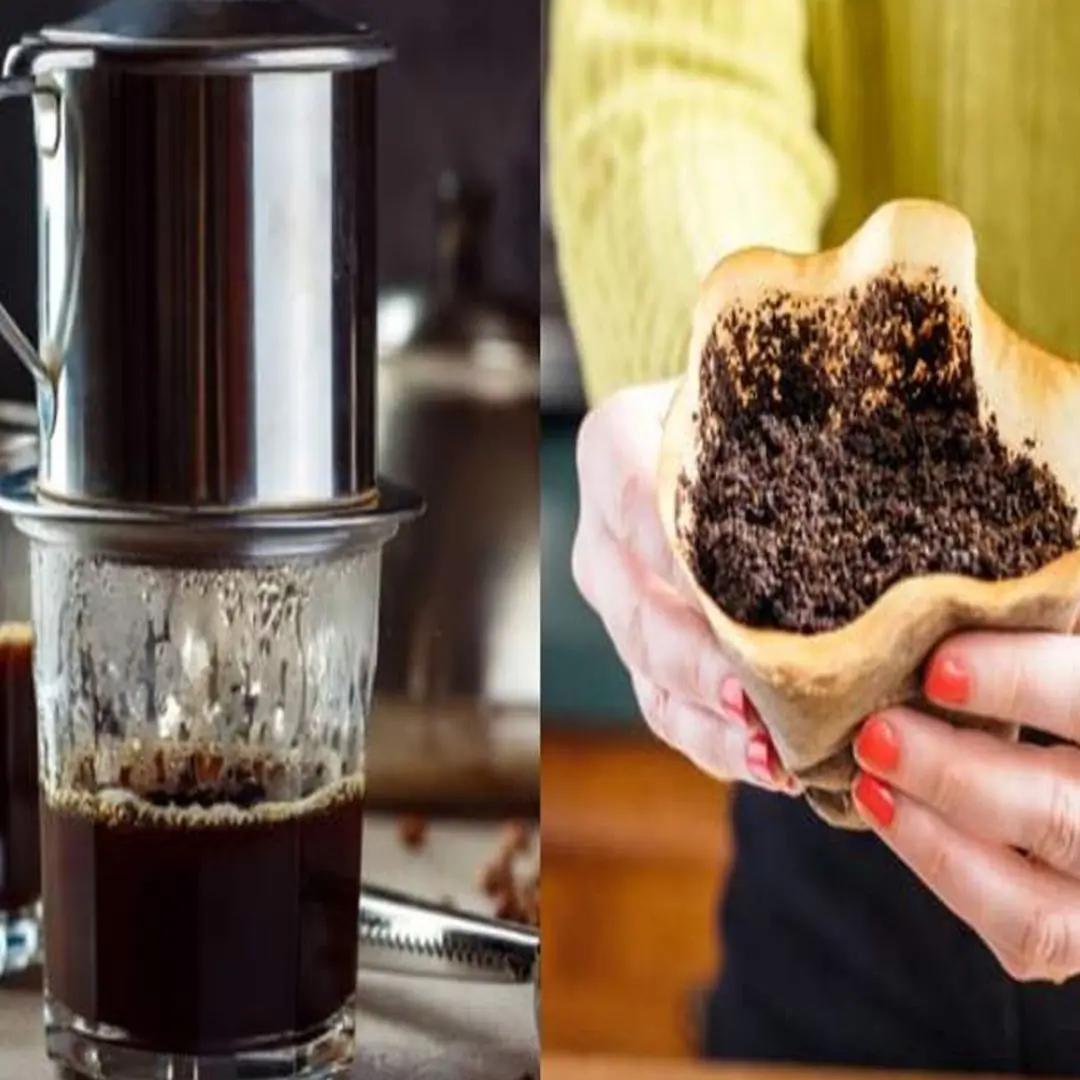
Throwing away coffee grounds is like throwing away money. Uses of coffee grounds that every home needs
